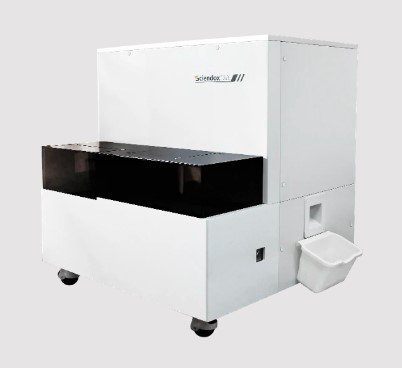Strategies for Attracting and Retaining Qualified Phlebotomists in the Healthcare Workforce
Summary
- Offer competitive salaries and benefits packages.
- Provide opportunities for career advancement and professional development.
- Create a positive work environment and prioritize employee well-being.
Introduction
In the current healthcare workforce shortage, attracting and retaining qualified phlebotomists has become increasingly challenging. Phlebotomists play a crucial role in the medical laboratory setting by collecting blood specimens for testing and analysis. However, the demand for these skilled professionals often outweighs the supply, leading to difficulties in recruitment and retention. In this article, we will explore some strategies for healthcare facilities to attract and retain qualified phlebotomists in today's competitive job market.
Competitive Salaries and Benefits Packages
One of the most effective strategies for attracting and retaining qualified phlebotomists is to offer competitive salaries and benefits packages. In a job market where skilled healthcare professionals are in high demand, competitive compensation can make a significant difference in attracting top talent.
- Research industry standards and adjust salaries accordingly to ensure they are competitive.
- Offer benefits such as health insurance, retirement plans, paid time off, and tuition Reimbursement to attract candidates.
- Consider additional perks such as flexible scheduling, remote work options, and sign-on bonuses to entice qualified phlebotomists.
Career Advancement and Professional Development
Another important factor for attracting and retaining qualified phlebotomists is to provide opportunities for career advancement and professional development. Investing in the growth and success of your employees can increase job satisfaction and loyalty, ultimately leading to higher retention rates.
- Offer training programs, workshops, and Continuing Education opportunities to help phlebotomists improve their skills and stay current with industry trends.
- Create clear pathways for career advancement within the organization, including opportunities for promotion and leadership roles.
- Encourage employees to pursue certifications and advanced training to enhance their professional development and career prospects.
Positive Work Environment and Employee Well-Being
Creating a positive work environment and prioritizing employee well-being can also help attract and retain qualified phlebotomists. A workplace culture that values and supports its employees can lead to higher job satisfaction, increased productivity, and reduced turnover rates.
- Foster a culture of respect, teamwork, and open communication within the organization.
- Provide resources and support for stress management, mental health, and work-life balance.
- Recognize and reward employees for their hard work and contributions to the team.
Conclusion
In conclusion, attracting and retaining qualified phlebotomists in the current healthcare workforce shortage requires a multifaceted approach that addresses both the financial and non-financial needs of employees. By offering competitive salaries and benefits packages, providing opportunities for career advancement and professional development, and creating a positive work environment that prioritizes employee well-being, healthcare facilities can increase their chances of attracting and retaining top talent in the field of phlebotomy. By implementing these strategies, organizations can help address the shortage of qualified phlebotomists and ensure the continued success of their medical laboratory operations.

Disclaimer: The content provided on this blog is for informational purposes only, reflecting the personal opinions and insights of the author(s) on the topics. The information provided should not be used for diagnosing or treating a health problem or disease, and those seeking personal medical advice should consult with a licensed physician. Always seek the advice of your doctor or other qualified health provider regarding a medical condition. Never disregard professional medical advice or delay in seeking it because of something you have read on this website. If you think you may have a medical emergency, call 911 or go to the nearest emergency room immediately. No physician-patient relationship is created by this web site or its use. No contributors to this web site make any representations, express or implied, with respect to the information provided herein or to its use. While we strive to share accurate and up-to-date information, we cannot guarantee the completeness, reliability, or accuracy of the content. The blog may also include links to external websites and resources for the convenience of our readers. Please note that linking to other sites does not imply endorsement of their content, practices, or services by us. Readers should use their discretion and judgment while exploring any external links and resources mentioned on this blog.
